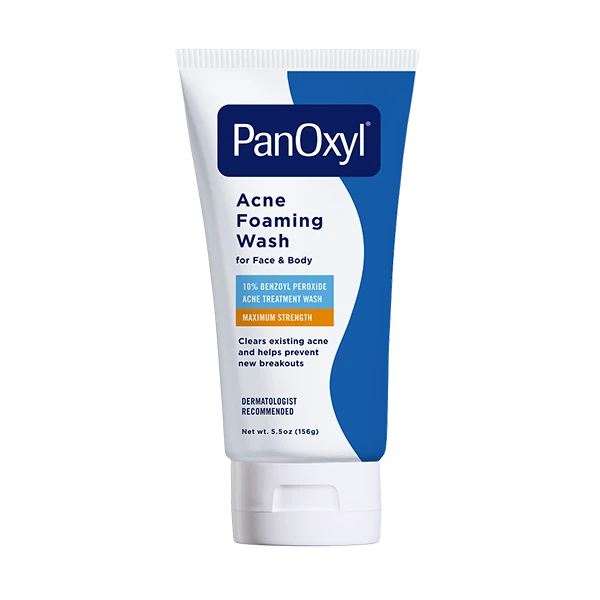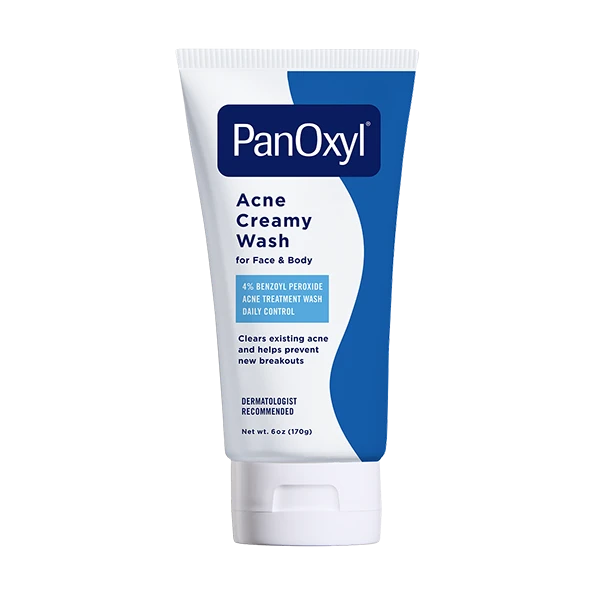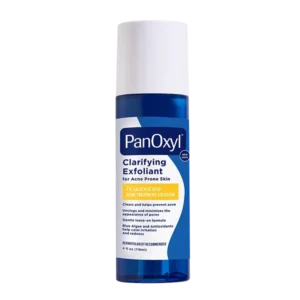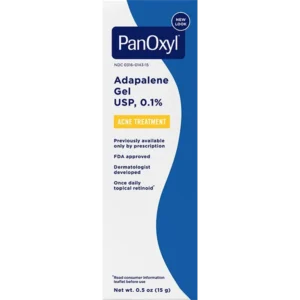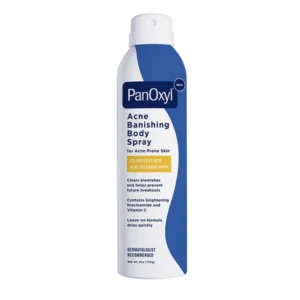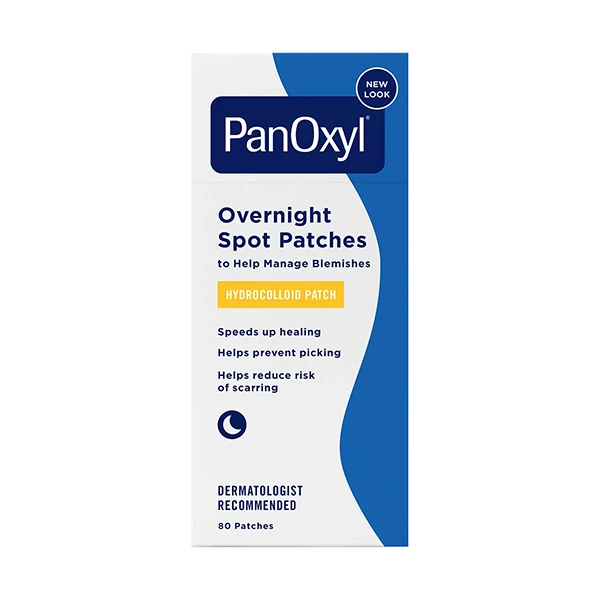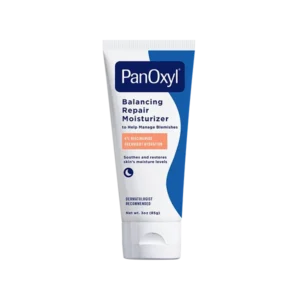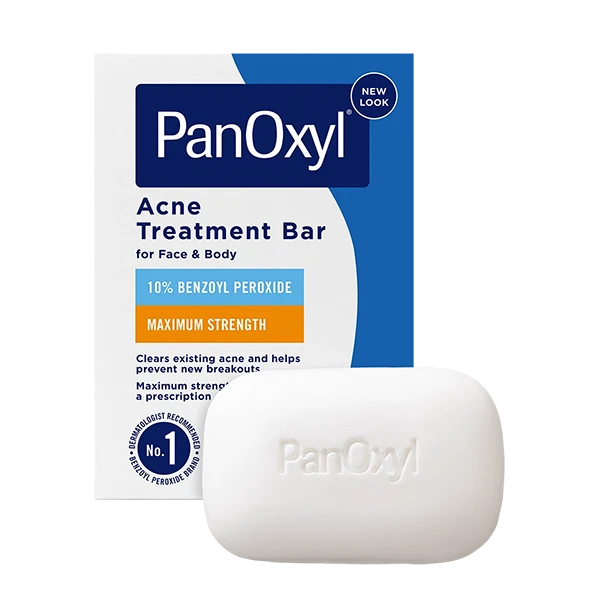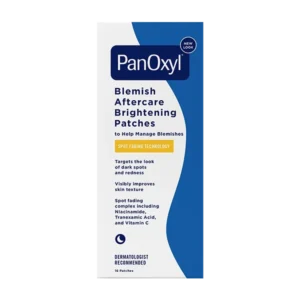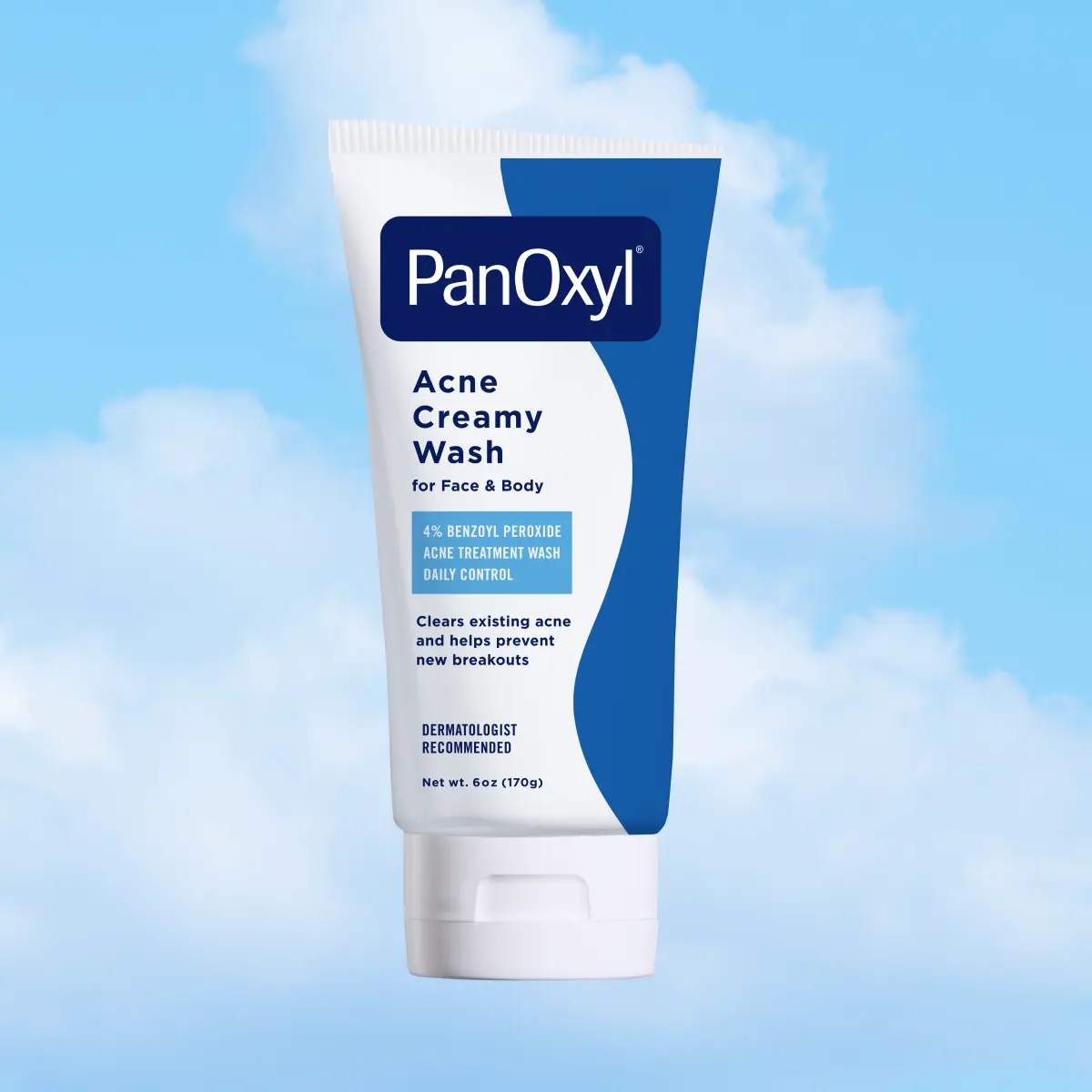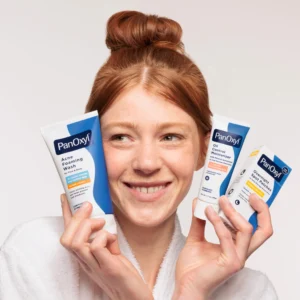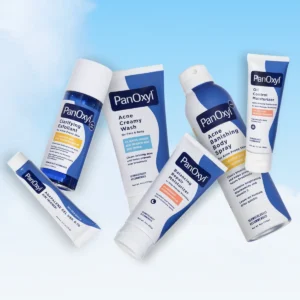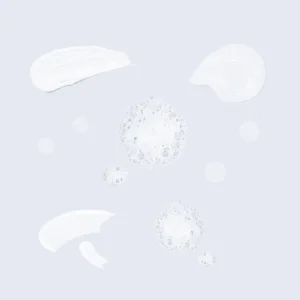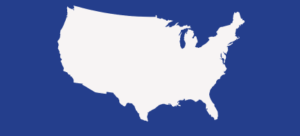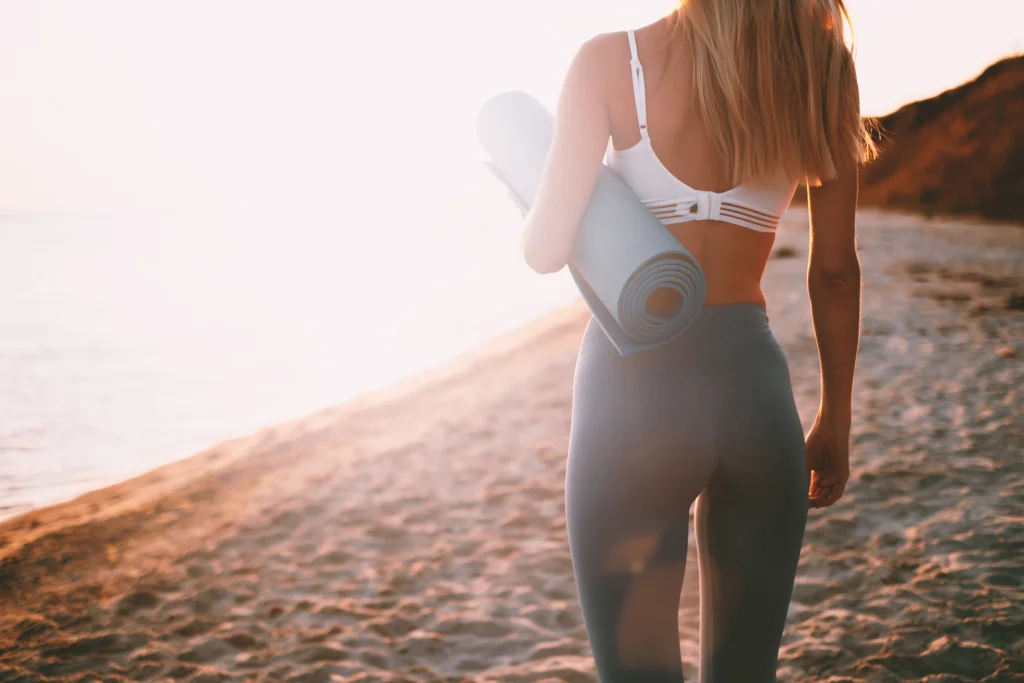Butt acne: Why it happens and how to destroy it
Acne can rear its evil head on our face, back and chest. As if the skin gods needed another way to torture us – they also sent along butt acne… or what you might think is acne.
What causes bumps on your rump?
First, you need to determine if it’s acne or if it’s the more likely culprit, folliculitis — that’s a fancy word for when a hair follicle becomes inflamed. They look alike, surfacing as red or white bumps with underlying pus and can cause your skin to be itchy or sore.
So, what is the difference? Folliculitis develops around hair follicles when the follicles are damaged. It’s easy for bacteria or fungi to then cause an infection. The usual culprit: Staph aureus, which is commonly found on our skin.
Folliculitis is also pretty common and can happen easily. So don’t worry. You’re not the only one out there with what can be an embarrassing problem. One of the main causes of folliculitis is friction, which can occur by:
- Touching or rubbing your skin frequently
- Wearing tight clothing or equipment
- Having skin rub against the skin
- Shaving, plucking or waxing
- Medication applied to the skin
- Medication you take
- Weight gain
- Ingrown hairs
- Your follicles are particularly prone to damage and infection when your skin is damp and hot. That’s why you might see a bump appear after sweating at the gym or if you neglect to change after swimming.
Hot Tub Put in the Hot Seat
Have you had a dip in a hot tub in the last 24 hours? That relaxing soak could also be the cause of folliculitis if the hot tub has been poorly maintained. This is usually due to the germ Pseudomonas aeruginosa.
Can you prevent folliculitis?
Only if you live in a plastic bubble and even then, not entirely. Here are some things you can try to keep your bum bump-free.
- Wear loose clothing when it’s hot and humid. Tight clothing tends to rub against your skin. The constant rubbing can damage your hair follicles and cause an infection. If you absolutely have to wear your leggings and tank top to the gym, changing your clothes immediately after your workout and showering can help prevent folliculitis.
- Ask questions before using hot tubs. When was the last time someone checked the tub’s pH and disinfectant levels? How often is the water replaced? How often is the tub cleaned? If it’s not recent or often, you may want to skip taking a dip.
- Wash your bathing suit and gym clothes after each use. Remember, damp or wet conditions encourage the growth of bacteria that can cause folliculitis. Wash your wet or sweaty clothes and then allow them to dry to help reduce exposure.
How do you treat butt acne?
Mild folliculitis usually goes away on its own after a few days, but there are a few ways to help it along and to ease your discomfort.
Use a product with benzoyl peroxide. Benzoyl peroxide helps remove dead skin cells, excess oils and bacteria from pores – the very things that can cause folliculitis. That’s why Seventeen Magazine recently recommended PanOxyl to help destroy butt bumps. Apply our acne washes gently with your fingers. Avoid using a loofah or scrub brush, as they can irritate your skin and make folliculitis worse.
Relieve the irritation with a warm compress. Do this at least three to four times a day in 15 to 20-minute sessions.
Should I see a dermatologist?
If you’re not sure that red bump is folliculitis, a dermatologist can help you determine what it is. They can also prescribe you an anti-bacterial cream that can help treat it if needed.
PanOxyl is an all-over body wash that helps clear, treat and prevent acne by attacking and killing acne-causing bacteria. Our gentle cleansers are trusted by dermatologists to combat butt acne. Celebrities are also placing their trust in PanOxyl. Check out who here.
